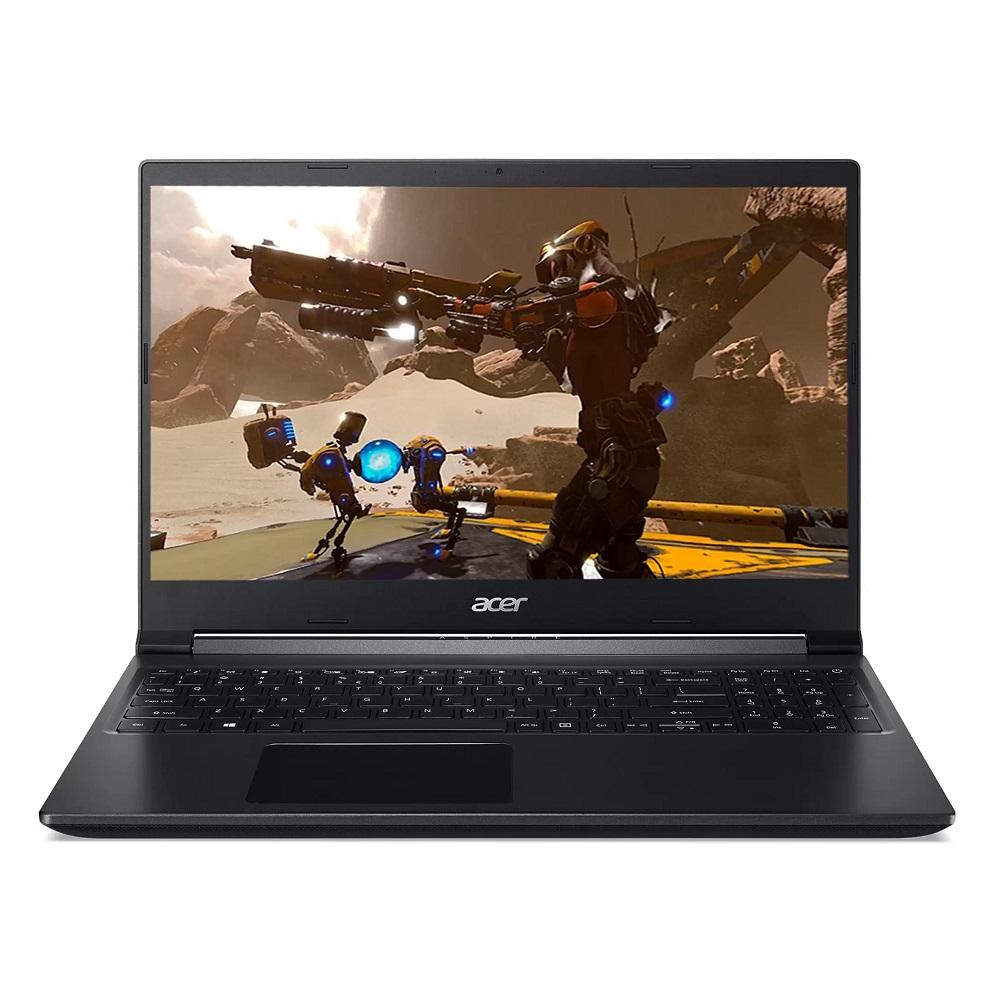Are you new to the world of gaming or looking to elevate your gaming experience with the perfect setup? Understanding the essential factors that define the quality of gaming laptops and computer monitors is vital for immersive gaming. In this comprehensive beginner’s guide, we will introduce you to gaming laptops, explore what makes them high-quality, and provide insights into computer monitors, all aimed at enhancing your gaming experience.
Unveiling Gaming Laptops
Before we delve into the intricacies of gaming laptop quality, let’s start with the basics.
What is a Gaming Laptop?
A Gaming Laptop is a portable computer designed specifically for gaming. It’s equipped with powerful hardware components to handle graphically demanding games with ease. These laptops provide a convenient way to enjoy gaming on the go or in spaces where a desktop setup may not be feasible.
Key Features of Gaming Laptops
Gaming laptops come with several features that distinguish them from regular laptops. These features include high-performance CPUs, dedicated graphics cards, enhanced cooling systems, and high refresh rate displays. All of these components contribute to a seamless gaming experience.
Evaluating the Quality of Gaming Laptops
Now that we’ve introduced gaming laptops, let’s explore the factors that define their quality.
Performance and Hardware
The quality of a gaming laptop is closely tied to its performance and hardware components. Look for laptops with powerful processors, such as Intel Core i7 or AMD Ryzen CPUs, and dedicated graphics cards from NVIDIA or AMD. These components handle the demands of modern games and ensure smooth gameplay.
GPU (Graphics Processing Unit)
The GPU is one of the most critical components in a gaming laptop. It’s responsible for rendering the graphics in your games. High-quality gaming laptops feature GPUs with substantial VRAM (Video Random Access Memory) and robust performance capabilities. A powerful GPU ensures you can run games at higher settings and resolutions.
Display Quality
The quality of the display is crucial for an immersive gaming experience. Look for gaming laptops with high refresh rate displays (commonly 144Hz or higher) for smoother motion and reduced motion blur. Additionally, consider factors like resolution and color accuracy for vibrant and detailed visuals.
Cooling System
Gaming laptops can generate a significant amount of heat during extended gaming sessions. Quality laptops are equipped with efficient cooling systems, including multiple fans, heat pipes, and heat sinks. Effective cooling prevents overheating and maintains consistent performance.
Keyboard and Input Devices
The keyboard and input devices on a gaming laptop should be comfortable and responsive. Look for laptops with customizable RGB lighting, anti-ghosting features, and precise touchpads. Some gaming laptops also offer mechanical keyboards for a tactile typing experience.
Build Quality and Durability
A high-quality gaming laptop is built to last. Durability is crucial for a device that may be transported frequently. Look for laptops with sturdy chassis and robust hinges. Additionally, consider factors like the quality of the materials used in the construction.
Battery Life
While gaming laptops are primarily designed for performance, a decent battery life is still important, especially when using the laptop for tasks other than gaming. Opt for laptops that offer a balance between performance and battery efficiency.
Portability and Weight
Consider the portability of the gaming laptop. If you plan to carry it around often, look for a laptop with a manageable weight and a slim profile. Some gaming laptops are designed to be more portable than others.
The Role of Computer Monitors in Gaming
Now that we’ve explored the quality aspects of gaming laptops, let’s turn our attention to the role of Computer Monitor in gaming.
Importance of a Good Gaming Monitor
A gaming monitor is a critical part of your gaming setup. It’s the primary interface between you and the game world. A high-quality gaming monitor can make a significant difference in your gaming experience.
Resolution and Refresh Rate
Resolution and refresh rate are two essential aspects of gaming monitors. Higher resolutions, such as 1080p (Full HD) or 1440p (Quad HD), deliver sharper images. A high refresh rate, such as 144Hz or 240Hz, provides smoother gameplay. The combination of both ensures a stunning visual experience.
Response Time and Input Lag
Response time and input lag are factors that affect how quickly the monitor displays changes in the game. Lower response times and input lag result in less motion blur and more responsive gameplay. Gaming monitors often feature 1ms response times for quick reactions.
Panel Type
There are different panel types used in gaming monitors, including TN (Twisted Nematic), IPS (In-Plane Switching), and VA (Vertical Alignment). Each has its advantages and disadvantages. For fast-paced gaming, TN panels are known for their quick response times, while IPS panels offer superior color accuracy and wider viewing angles.
G-Sync and FreeSync
G-Sync and FreeSync are technologies designed to reduce screen tearing and stuttering. They synchronize the monitor’s refresh rate with the graphics card’s output, resulting in a smoother gaming experience. Check if your gaming monitor supports G-Sync (for NVIDIA graphics cards) or FreeSync (for AMD graphics cards). Read More…
Size and Curvature
The size of the gaming monitor is a matter of personal preference. Larger screens offer a more immersive experience, but they may require more desk space. Some gaming monitors also feature a curved design to enhance immersion by wrapping the screen around your field of vision.
Adaptive-Sync and VRR
Adaptive-Sync and Variable Refresh Rate (VRR) technologies are essential for reducing screen tearing and ensuring a smooth gaming experience. These technologies work in conjunction with your graphics card to match the monitor’s refresh rate to the in-game frame rate.


